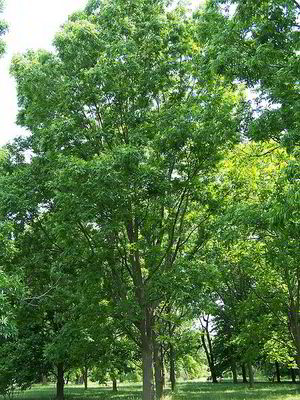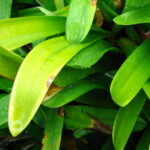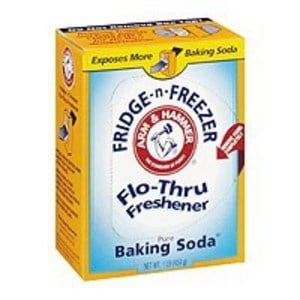Pecan trees are graceful, towering trees that can be damaged by any things. Weather can be a particularly nasty culprit but so can disease and insects. And if the tree hasn’t properly been cared for, the damage caused can be worse. Learn to recognize the symptoms and signs so you can react swiftly and protect the health of your pecan tree.
Damage from Insects
There are a few insects that pose problems for pecan trees. Each leaves signs of its presence. IN some cases, recognizes the signs can be the difference between life and death for the pecan tree.
Tree Insects
Asian Ambrosia Beetle
This insect lays eggs in the tree by boring holes into the bark and wood beneath. The resulting “toothpick” sticking out from the trunk or limb is the signal of its presence. Eggs in the cambium hatch and the larva feed on it. Beneath the bark are galleries or tiny channels carved out of the cambium. Wilted leaves around the site of the infestation precede the girdling to come. Left untreated, the limb or tree will die.
The underside of the leaves is the spider mites preferred feeding ground. Leaves that appear scorched or have small brown spots are indicators. A few of these pests are not much of a problem but large populations can stress a tree, leaving it prone to other problems.
Walnut Caterpillars
Walnut caterpillars pose a serious threat to pecan trees. Large webs provide housing for hundreds of caterpillars as they feed on the stems and midribs of leaves. Entire trees can be defoliated. Recovery is not guaranteed.
Pecan Phylloxera
Leaves, midribs, and petioles are the choice of this insect. They cause knots or galls in branches. The defoliation causes leaf drop and nut drop.
Black Pecan Aphid
Aphids are a problem for many plants. The black pecan aphid injects a poison into the leaf. A brown, dead spot results, averaging ¼ of an inch. If the population is large enough, serious leaf damage can lead to premature leaf drop.
Nut Insects
Hickory Shuckworms
Hickory shuckworms damage the nut rather than the tree. The worm bores into the shuck, preventing the nut from receiving food and water. The shuck sticks to the nut instead of opening to release the nut.
The sap of the nut is the food preferred by stink bugs. Depending on the stage of nut development, the stink bug can cause different types of damage. A nut that has dark spots which taste bitter was fed on after the shell hardened. Nuts that fall prematurely may have been fed on before the shell hardened.
Pecan Weevils
Nuts in the water stage of development will fall prematurely if pecan weevils are feeding on the nuts. Later, during the gel stage, weevils lay eggs inside where the hatching larva can feed on the nut.
Damage from Disease
There are only a few diseases affecting the pecan tree. Among them is pecan scab, cotton root rot and shuck dieback.
Black spots on the leaves and shucks are a sign of pecan scab. A soil borne fungus called cotton root rot progresses swiftly. A late summer wilting of the entire tree is the only sign of the disease. The tree will die because there is no treatment. Nuts with black shucks that fall in August will contain only half-filled nuts if shuck dieback is present.
Cultural Considerations
Providing a healthy environment and good care can go a long way to preventing many some problems. Once a tree is stressed, disease and insects are more likely to appear. Make sure the tree is planted in full sun in soil that is well-drained.
For information on damage caused by weather, read the article About Weather Damage and Pecan Trees.
Sources:http://aggie-horticulture.tamu.edu/extension/homefruit/pecan/pecan.html




